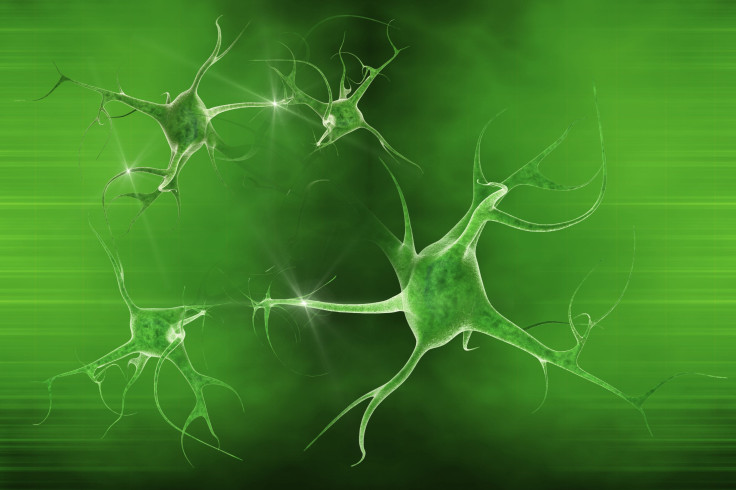Using Light To Control The Brain: How ‘Optogenetics’ Could Cure Alcohol Addiction

Making a mouse run at the flick of a light may seem like hypnosis, but it’s actually a new tool used in neuroscience called "optogenetics," which scientists are just beginning to figure out. With optogenetics, neuroscience researchers can control brain cell activities through the use of light, which could eventually allow doctors to help understand, diagnose, and treat epilepsy and depression.
In other words, it’s a way for researchers to control the brain and behavior through light. Rather than being hypnotized, the mouse in the study had specific brain neurons controlled that impacted its actions. A group of researchers are also hoping to employ optogenetics to gain insight into alcohol addiction. In November, scientists at Wake Forest Baptist Medical Center published a new study that used optogenetics to better understand the neuro-chemical aspects of addiction. The authors of the study, led by Evgeny A. Budygin, assistant professor of neurobiology and anatomy at Wake Forest, used the tool to highlight and obtain control over particular dopamine cell populations through light. This technique gave them information about the different patterns of dopamine cell activity that could have an effect on reducing alcohol addiction. Dopamine is a neurotransmitter that controls the areas of reward and pleasure in the brain.
While the brain controls the activity of brain cells, neuroscientists have struggled to find a way to control brain cells themselves — but with optogenetics, they can choose which neurons to turn on or off, whenever they want. By activating certain neurons, they can find out which ones govern specific behaviors. When it comes to alcohol addiction, researchers can thus find out the casual relationship between neuro-chemical changes in the brain and addictive behavior.
“There was instant buzz about it,” Elizabeth Hillman, a biomedical engineer at Columbia University, told NPR about optogenetics. “People were sort of running around and saying, ‘What is this thing, where can I get it, how can I do it?'” Instead of using a wire probe inserted into the brain to poke and activate brain cells, with optogenetics, scientists could turn on individual cells with just light. “You can select that very specific genetic cell type, and you can tell that specific cell type to react when you shine light on it,” Hillman said.
Jeffrey L. Weiner, co-author of the alcohol addiction study and professor of physiology and pharmacology at Wake Forest Baptist Medical Center, said in a news release that though they tested optogenetics in rats that had grown to have alcohol-drinking tendencies, there was “translational value” from the study, with potential to be used to treat humans.
However, scientists still face massive obstacles before being able to employ optogenetics in humans. For one thing, before being able to control neurons through light, you must add genetic material to every brain cell you desire to control. This has been done in mice, but genetic engineering in human brain neurons is not yet an option, Hillman told NPR. Another problem is getting light to pierce deep into the brain to reach cells: “It’s really hard to get light to go deep,” Hillman said, “and we all know this just from trying to shine a flashlight through our hand.” There’s also the concern that too many cells may be reached with the light, on the other hand, which could cause unwanted problems as well.
Scientists still retain hope however, to be able to stop seizures with the flash of a light. Once the method is tweaked, there may also be uses for optogenetics to fight Parkinson’s disease, depression, addiction, and schizophrenia. “Now we are taking the first steps in this direction,” Budygin said in a news release. “It was impossible before the optogenetic era.”



























